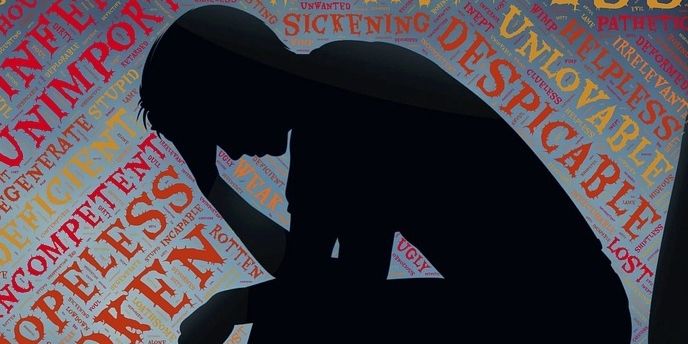Unveiling the Great Depression: Exploring the Causes and Magnitude of an Economic Crisis
The Great Depression, one of the most catastrophic economic downturns in history, was a period of severe worldwide economic decline that spanned from 1929 to the late 1930s. It originated in the United States but had far-reaching consequences across the globe. Let us delve into the causes and magnitude of this unprecedented crisis that left an indelible mark on the world. The Great Depression was primarily triggered by the stock market crash of 1929, also known as "Black Tuesday." On October 29, 1929, stock prices plummeted, leading to a sudden collapse of the stock market. This event shattered investor confidence and sent shockwaves throughout the financial system. However, the crash alone did not cause the Great Depression; it was merely the spark that ignited a series of underlying economic vulnerabilities. One significant factor contributing to the severity of the Great Depression was the unequal distribution of wealth. The 1920s saw a period of rapid economic growth, but the benefits were concentrated in the hands of a few wealthy individuals, while the majority struggled with stagnant wages and increasing debt. This wealth disparity created an unsustainable economic situation, as consumer purchasing power weakened, leading to decreased demand for goods and services. Another crucial element was the collapse of the banking system. As stock prices tumbled, panic-stricken investors rushed to withdraw their savings from banks. However, many banks had invested heavily in the stock market and were unable to meet the massive demand for withdrawals. Consequently, numerous banks failed, wiping out people's savings and further exacerbating the economic crisis. The impact of the Great Depression was not limited to the United States. It had a global ripple effect, as economies around the world were interconnected. The collapse of the U.S. stock market led to a sharp decline in international trade, as countries implemented protectionist measures to shield their own industries. This reduction in trade further deepened the economic slump, creating a domino effect that spread across continents. The magnitude of the Great Depression was staggering. Unemployment rates soared, reaching unprecedented levels. In the United States alone, unemployment peaked at around 25%, leaving millions of people jobless and unable to support their families. The consequences were dire, with widespread poverty, homelessness, and hunger becoming grim realities for many. The Great Depression also had a profound impact on industry and agriculture. As businesses struggled to survive, they were forced to lay off workers or shut down entirely. Industrial production plummeted, leading to factory closures and a decline in manufacturing output. Similarly, the agricultural sector suffered immensely, as falling demand and plummeting prices left farmers in dire straits. Many were unable to sell their produce or repay loans, leading to widespread farm foreclosures. Governments around the world responded to the crisis by implementing various measures to stimulate their economies. In the United States, President Franklin D. Roosevelt initiated the New Deal, a series of programs and reforms aimed at providing relief, recovery, and reform. The New Deal included public works projects, financial regulations, and social welfare programs to alleviate the suffering of the population and jumpstart economic recovery. The Great Depression eventually came to an end with the onset of World War II. The war stimulated industrial production and created new employment opportunities as countries mobilized their economies for the conflict. However, the scars left by the Great Depression were deep and long-lasting, shaping economic policies and perspectives for years to come. The lessons learned from the Great Depression have had a lasting impact on economic theory and policy. Governments and central banks have since adopted measures to prevent a similar crisis, such as implementing regulations to safeguard the financial system and employing fiscal and monetary policies to stabilize the economy during downturns. As we reflect on the Great Depression, we are reminded of the devastating consequences that economic crises can have on societies. It serves as a stark reminder of the importance of addressing economic inequalities, maintaining financial stability, and fostering sustainable economic growth.

 (1).jpeg)
 (1).jpeg)



